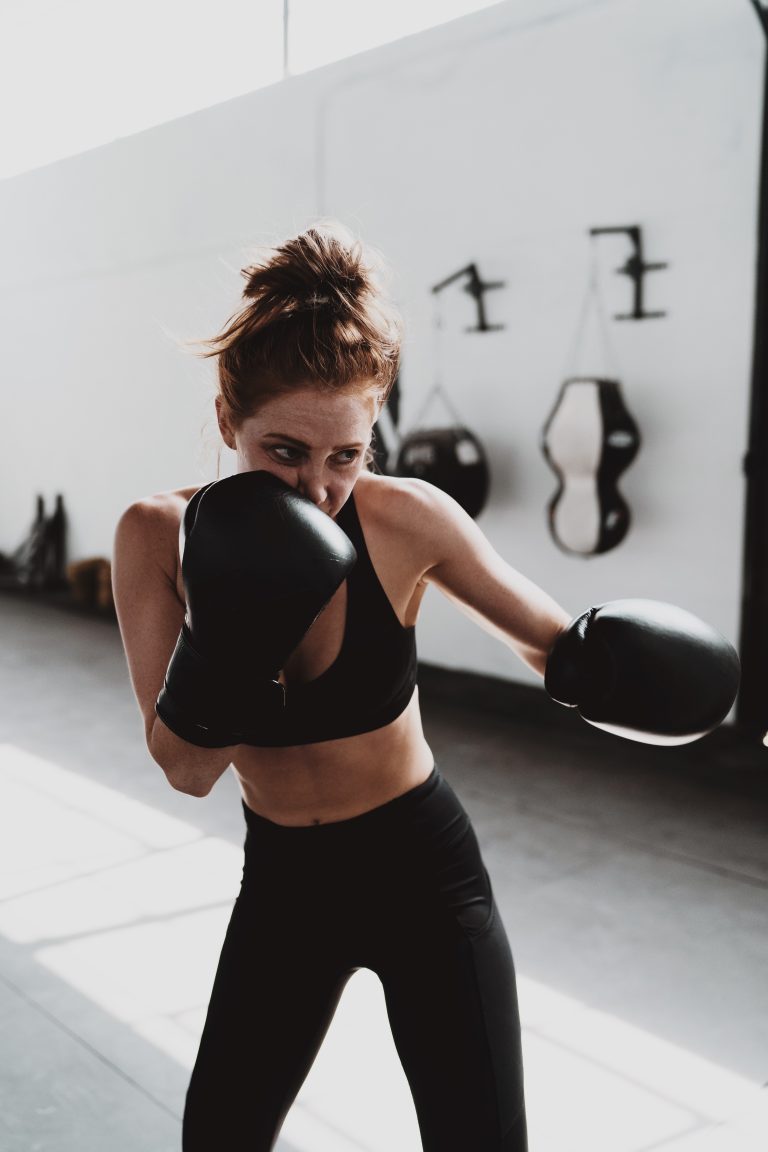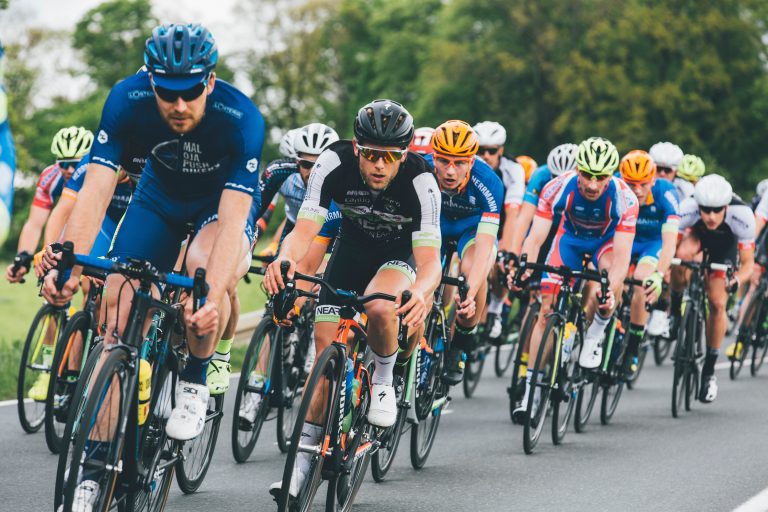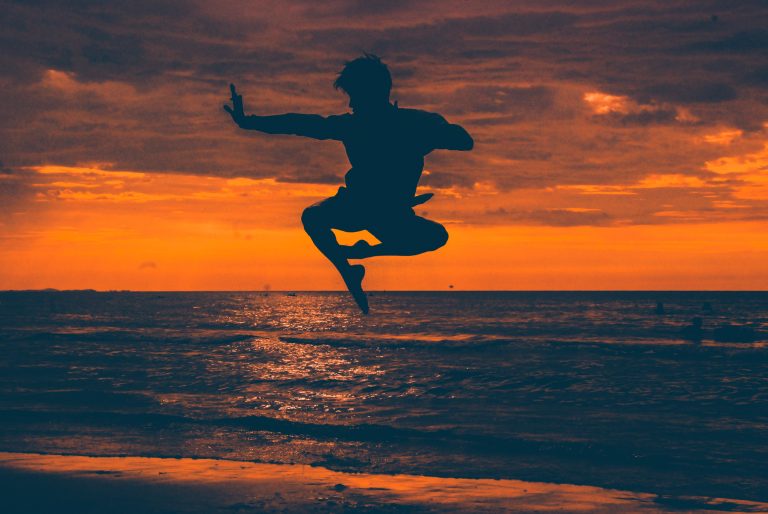Karate: Is It More than Just an Art of Self Defense?
Back in the day, karate was seen as a form of self-defense and physical combat. Today, however, karate is much more than just a combat sport. It’s an art, an exercise routine, and even a whole cultural way of life.
This article will look into what karate is, the various aspects that comprise it, and its impact on people’s lives. By delving into the history, evolution and modern-day practice of karate, we will come to understand why it is more than just self-defense.
What Is Karate?
Karate (literally translated to “empty hands”) is an ancient martial art originating in Okinawa, Japan. The art itself was developed out of a version of martial arts that was found in mainland China, which was introduced to Okinawa in the 14th century.
Karate does not involve blows of the fist or kickboxing moves, but instead utilizes control and execution of techniques that use much more body movement than strikes. The foundation techniques rely heavily upon balance, strength, energy, and control. Many of these techniques are used to channel power and momentum into a relaxed, yet powerful, form.
Karate was initially used as a form of self-defense; however, it has since evolved into a much more diverse art. In its essence, karate builds integrity and character while allowing its practitioners to reach levels of physical and mental strength.
What Does Practicing Karate Involve?
Karate involves physical activity, meditation and mindfulness, personal growth and character building. These concepts blend together to create the four pillars of modern-day karate — style, technique, discipline and spirit. Let’s break down each component to better understand karate.
Style
Karate involves numerous styles or ‘schools’ of thought dependent upon the instructor teaching them — such as Uechi-ryu, Goju-ryū, Shorin-ryū, Shotokan, and Yoshukai, to name a few. All of these styles involve different techniques that involve strikes with the hands and feet.
Technique
When practicing karate, the technique used is known as kata. Kata involve memorized sequences of movements designed to perfect the techniques and build up strength. Through practicing kata, as well as drills and techniques on more practical subjects — such as blocking kicks and punches — practitioners are able to become well versed in different techniques.
Discipline
Karate is a martial art based on discipline. By following a hierarchical structure similar to that of traditional martial arts systems, practitioners are taught self-control, respect for their instructors and peers, as well as a strict code of ethics.
Spirit
The final pillar relates to the reawakening of a person’s spirit. Through practice and dedication to the art of karate, practitioners can reach states of inner peace, mental clarity and spiritual healing. This is ultimately the main purpose of karate: to use physical activity to refocus the mind and awaken an individual’s power and spiritual energy.
Karate: Beyond Self-Defense
From its origins in Okinawa Japan, karate has developed into a global phenomenon. And while some view it primarily as a self-defense system, it has gone beyond being just that: it is a much broader system that can be customized to fit various needs accordingly.
Various components make up karate — notably: style, technique, discipline and spirit. This combination makes up the four pillars of modern day karate and allows practitioners to take their practice far beyond just a form of self-defense.
By mastering these aspects and immersing oneself in karate practice, practitioners can reach states of physical strength and mental clarity; but, more importantly, states of inner peace and spiritual awakening. Clearly demonstrating that karate is much more than just an art of self-defense.
Conclusion
Karate is no longer a simple form of self-defense — it is much more than this. It is an entire way of life and practice encompassing physical fitness, meditation and spirituality. It is an art that requires discipline that encourages personal growth and has been practiced around the world for centuries.
And while many may still use it as self-defence — and this should not be discouraged — those who fully indulge in the practice can benefit from its multifaceted approach to physical fitness and mental clarity.
Karate can be used by anyone looking for mindful physical exercise with spiritual benefits in a way that fully immerses oneself in the spiritual aspects of the art form.
Karate: Is It More than Just an Art of Self Defense?
Karate is a traditional Japanese form of martial arts that primarily focuses on self-defense. In today’s world, it is practiced not only for self-defense but also as a sport, exercise, and a way of life. The popularity of the art form continues to increase around the world, and many people have questions about its purpose and benefits. In this article, we will address some of the most frequently asked questions about karate.
What is the history of karate?
Karate originated in Okinawa, Japan, and has a rich history dating back to the Ryukyu Kingdom. The art form evolved over time due to the cultural exchange between Okinawa and China. It has now spread to different parts of the world and is practiced by millions of people. Karate encompasses various aspects such as punches, kicks, blocks, and strikes.
Is karate just for self-defense?
Although self-defense is one of the main purposes of learning karate, it has other benefits. Karate allows you to develop better physical and mental health, discipline, and focus. It also fosters social interaction and builds character, which can be useful in everyday life. In addition, it can be fun and improve your overall quality of life.
Can anyone practice karate?
Yes, anyone can practice karate as long as they are physically and mentally fit. It is a sport that is suitable for all ages and genders. The training can be adapted to meet the needs of people with disabilities. It is best to consult a physician before beginning any martial art training, especially if you have any medical conditions.
What equipment is needed for karate?
Karate requires minimal equipment, such as karate uniforms (gi) and protective gear, including hand pads, shin guards, and mouthguards. Many karate schools provide equipment, especially for beginners. As you progress, you may want to invest in your own equipment.
What are the different styles of karate?
There are many styles of karate. Some of the most popular ones include Shotokan, Goju-ryu, Wado-ryu, and Shito-ryu. Each style has its unique techniques, philosophies, and principles. It is essential to research different styles and find one that aligns with your goals and interests.
Is karate safe to practice?
Karate is safe to practice when taught correctly. With proper instruction and protective gear, the risk of injury is minimal. Injuries usually occur when participants are not following the rules, sparring too aggressively, or not using protective gear. It is essential to follow the instructions of the instructors and practitioners and take your time to build your skills gradually.
Can karate improve mental and physical health?
Karate can improve physical health by increasing strength, flexibility, endurance, and balance. The training can also aid in weight loss, improved cardiovascular health, and better overall fitness. Mental health benefits include stress relief, increased focus and attention span, and improved confidence and self-esteem. It can also be an excellent way to meet new people and develop social skills.
Can children benefit from learning karate?
Yes, learning karate can be highly beneficial for children. It can help children learn discipline, focus, and respect for others. It can also aid in developing self-confidence and self-defense skills. Furthermore, it can provide a fun and healthy activity that enhances children’s overall development.
Conclusion
In summary, karate is undoubtedly more than just an art of self-defense. It is a discipline that can improve physical and mental health, build character, and foster social interaction. It is suitable for people of all ages and genders and can be adapted to different physical abilities. Regardless of your goals, whether it is to learn self-defense, improve your fitness or to have fun, karate is a rewarding and valuable experience.
Inhaltsverzeichnis






